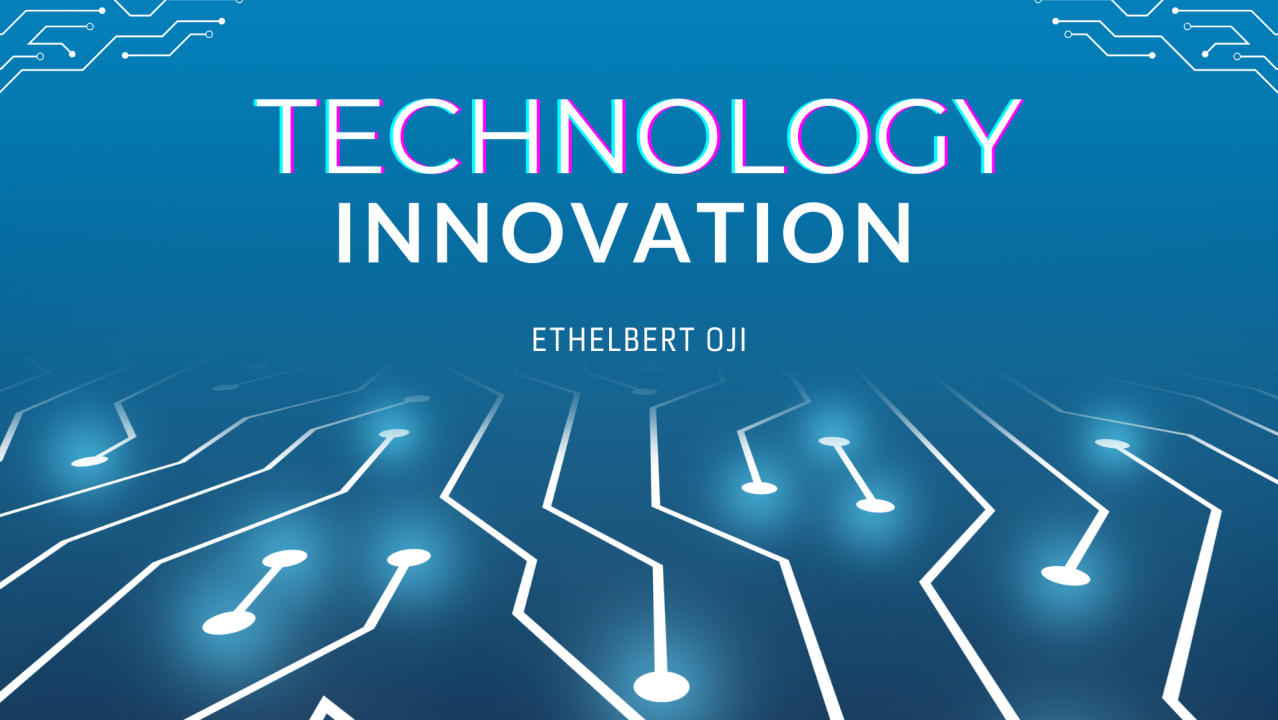Innovations in Telecommunications: What’s Next for the Industry
- By -Mash
- Posted on
- Posted in Telecommunications
The telecommunications industry is at the forefront of technological innovation, constantly evolving to meet the demands of a digital and connected world. As new technologies emerge, they reshape how we communicate, work, and interact. This article explores the key innovations shaping the future of telecommunications and what we can expect next in this dynamic industry.

Advancements in 5G Technology
Enhanced Speed and Bandwidth: 5G technology represents a significant leap forward from previous generations. It offers dramatically increased speed and bandwidth, allowing for faster data transmission and improved network performance. This enhancement supports more intensive applications, such as high-definition video streaming, augmented reality (AR), and virtual reality (VR).
Lower Latency: One of the key benefits of 5G is its ultra-low latency, which reduces the delay in data transmission. This feature is crucial for applications requiring real-time responses, such as autonomous vehicles, remote surgery, and interactive gaming.
Network Slicing: 5G introduces the concept of network slicing, which allows operators to create multiple virtual networks within a single physical network. This capability enables customized network experiences for different use cases, such as IoT, industrial automation, and consumer applications, optimizing performance and resource allocation.
The Rise of 6G Technology
Future-Proofing Networks: As the industry begins to explore 6G technology, it promises even more transformative changes. 6G is expected to offer unprecedented speeds, ultra-low latency, and enhanced connectivity, potentially revolutionizing how we interact with technology and each other.
Integration with AI and ML: 6G will likely integrate advanced artificial intelligence (AI) and machine learning (ML) technologies to manage and optimize network operations. This integration could lead to smarter networks with self-healing capabilities, predictive maintenance, and enhanced security.
Enhanced Immersive Experiences: 6G is anticipated to support advanced immersive experiences, such as hyper-realistic VR and AR, with seamless integration into daily life. This technology could enable new forms of communication and interaction, transforming entertainment, education, and remote work.
Expansion of Internet of Things (IoT)
Smart Cities: The expansion of IoT technology is driving the development of smart cities. IoT devices and sensors are used to monitor and manage urban infrastructure, including traffic systems, public safety, and energy usage. This connectivity enhances efficiency, sustainability, and quality of life in urban environments.
Industrial IoT (IIoT): In industrial settings, IoT is revolutionizing manufacturing, logistics, and supply chain management. IIoT devices enable real-time monitoring of equipment, predictive maintenance, and data-driven decision-making, improving operational efficiency and reducing downtime.
Consumer IoT: The growth of consumer IoT includes smart home devices, wearables, and connected appliances. These innovations offer enhanced convenience, energy management, and health monitoring, creating more interconnected and responsive living environments.
Evolution of Cloud and Edge Computing
Edge Computing: Edge computing complements telecommunications by processing data closer to the source of generation. This approach reduces latency and bandwidth usage by performing computations and data analysis at the edge of the network, enhancing the performance of real-time applications and services.
Cloud-Native Solutions: The shift toward cloud-native solutions continues to transform telecommunications infrastructure. Cloud-based platforms offer flexibility, scalability, and cost-efficiency, enabling telecom providers to deploy and manage services more effectively.
Hybrid Cloud Models: Hybrid cloud models, combining public and private cloud resources, are gaining traction in telecommunications. These models offer greater flexibility and control, allowing organizations to optimize their IT infrastructure based on specific needs and regulatory requirements.
Advanced Network Security Solutions
Zero Trust Security: The Zero Trust security model, which assumes that threats may exist both inside and outside the network, is becoming increasingly important. This approach requires continuous verification of user identities and device integrity, enhancing protection against cyber threats.
AI-Driven Security: AI and ML technologies are being integrated into network security solutions to detect and respond to threats more effectively. AI-driven security tools can analyze vast amounts of data to identify patterns and anomalies, providing proactive protection against sophisticated attacks.
Quantum Encryption: Quantum encryption is an emerging technology that promises to enhance data security through the principles of quantum mechanics. This approach could provide virtually unbreakable encryption, addressing concerns about data privacy and security in a quantum computing era.
Enhanced User Experiences
Augmented and Virtual Reality: Telecommunications advancements are driving the growth of AR and VR technologies. These immersive experiences are becoming more accessible and integrated into various applications, from gaming and entertainment to education and training.
Personalized Communication: Innovations in telecommunications are enabling more personalized and interactive communication experiences. Advanced analytics and AI can tailor content and services to individual preferences, enhancing user engagement and satisfaction.
Integrated Communication Platforms: Unified Communication (UC) platforms are evolving to offer even more integrated and seamless experiences. These platforms combine voice, video, messaging, and collaboration tools into a single interface, improving productivity and connectivity for users.
Conclusion
The telecommunications industry is on the cusp of transformative innovations that will shape the future of communication and connectivity. Advances in 5G and the anticipated arrival of 6G, the expansion of IoT, the evolution of cloud and edge computing, and advancements in network security are all driving the next wave of technological progress. As these innovations continue to unfold, they will redefine how we interact with technology and each other, creating new opportunities and challenges in the ever-evolving landscape of telecommunications.



